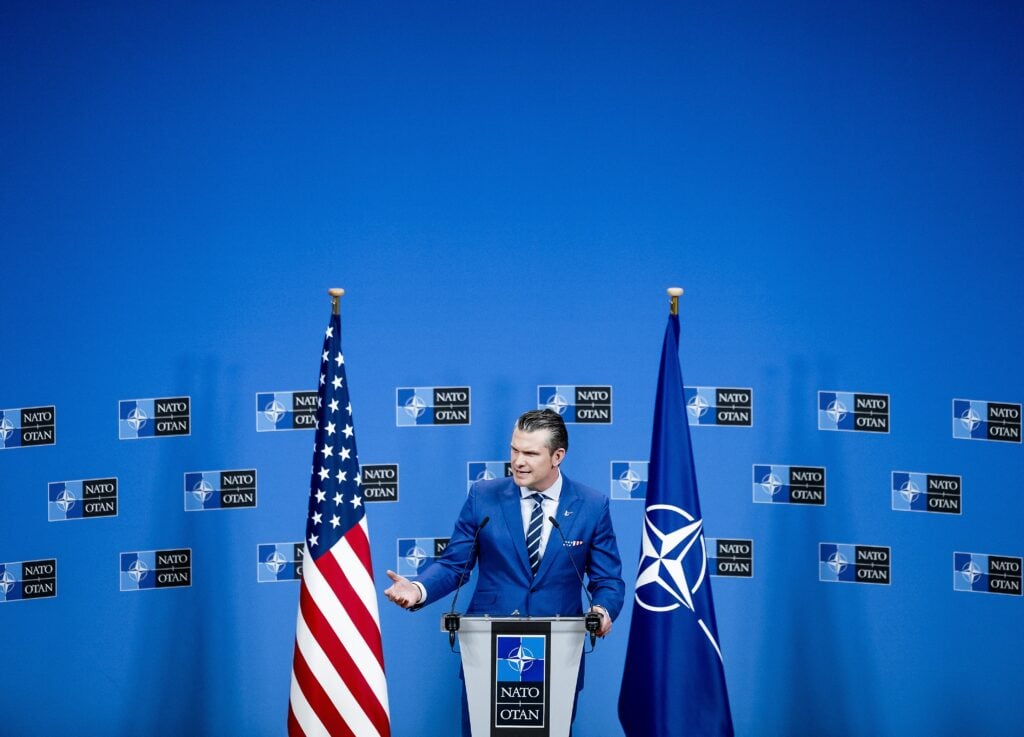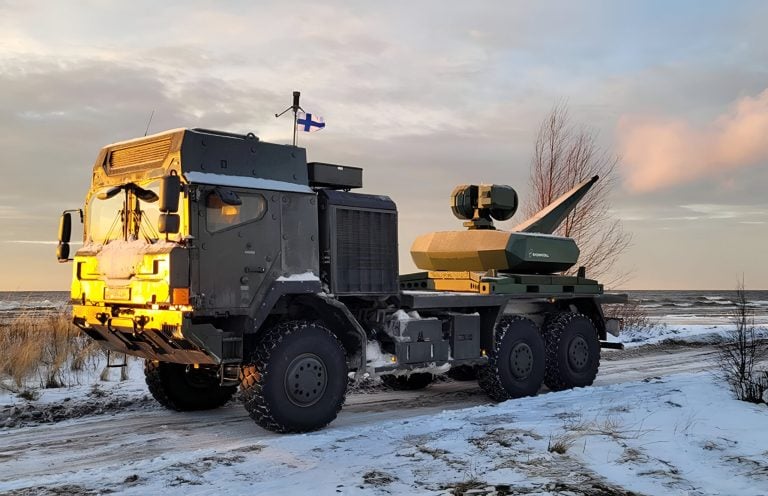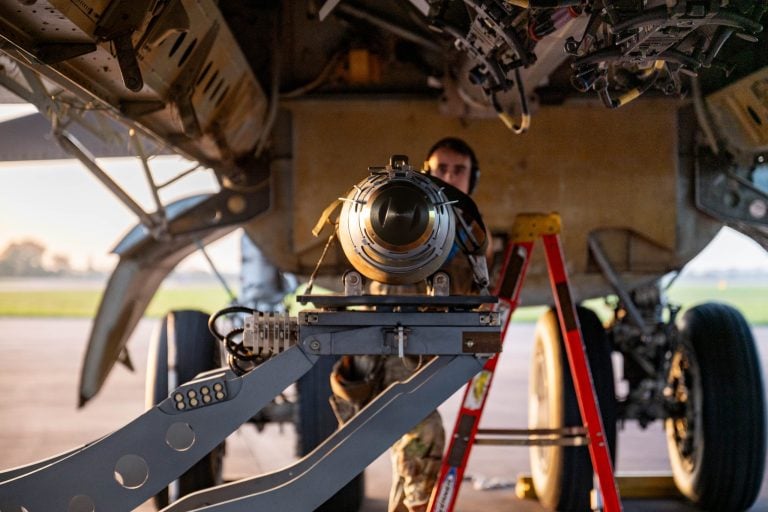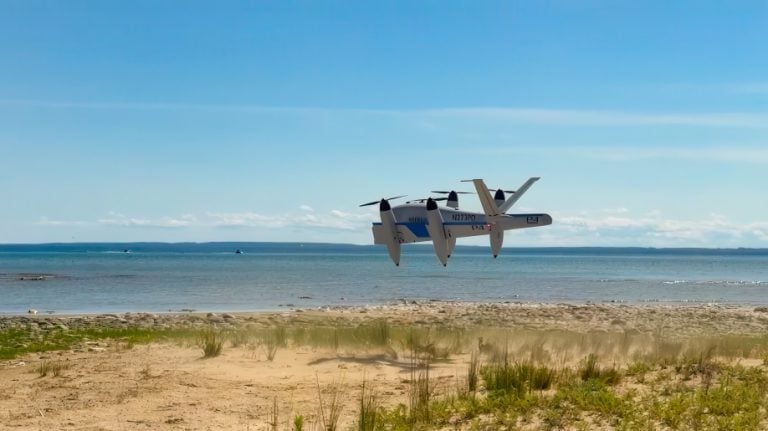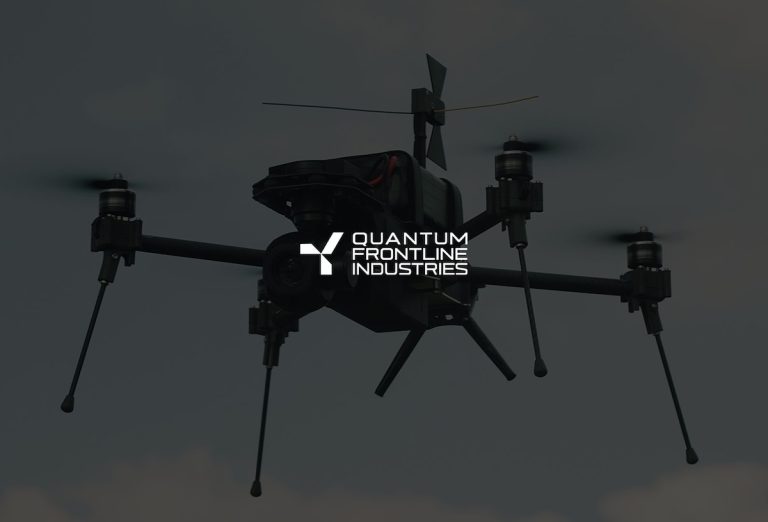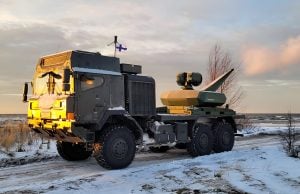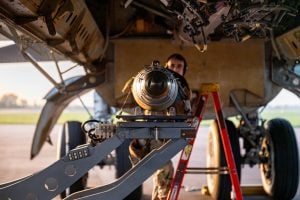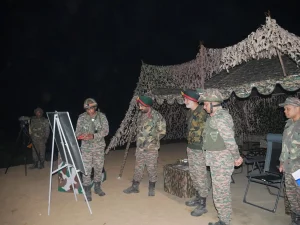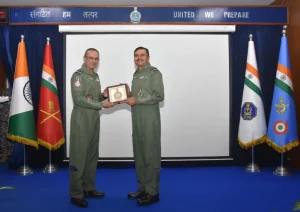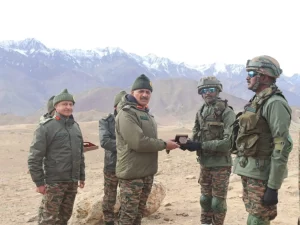In a recent push for increased military spending among NATO allies, US defense chief Pete Hegseth emphasized the need for collective contributions during a meeting with counterparts in Brussels. With a summit scheduled for late June, President Donald Trump’s demand for NATO members to elevate their defense budgets to five percent of their GDP looms large.
NATO leader Mark Rutte has proposed a compromise: a goal of 3.5 percent of GDP on core military spending by 2032, coupled with an additional 1.5 percent allocated for broader security-related initiatives, including infrastructure. Diplomatic sources indicate that Rutte is on a promising track to finalize this arrangement, particularly as NATO confronts heightened threats from Russia amidst the ongoing war in Ukraine.
Despite the optimism surrounding this compromise, some member nations remain hesitant about significant spending increases. Spain, for instance, is projected to meet the existing two percent GDP policy only by the end of this year. Other nations are reportedly seeking leniency in meeting the proposed deadlines and advocating for a slower yearly increment towards the new targets.
Hegseth, during discussions, underscored a united front, stating, “every shoulder has to be to the plough, every country has to contribute at that level of five percent.” He highlighted that reliance on American military power is not a sustainable strategy, especially in light of the diverse threats facing the alliance.
In a related discussion, NATO ministers are set to approve new capability targets aimed at enhancing deterrent measures against Russia. German Defense Minister Boris Pistorius estimated that fulfilling these requirements would necessitate an increase of “around 50,000 to 60,000” personnel in the German military. His Dutch counterpart, Ruben Brekelmans, projected that meeting the specified levels would demand a minimum investment of 3.5 percent of GDP from the Netherlands.
The evolving security landscape in Europe is not solely driven by concerns over Russia. There is also mounting uncertainty regarding the United States’ long-term commitment to the region. Rutte remarked that decisions made in The Hague regarding defense spending must align with actual capability needs.
In February, Hegseth had made headlines by cautioning NATO allies that Washington might recalibrate its military focus towards China, a warning that provoked considerable concern among member states. Although no decisions regarding troop withdrawals have been announced, the anxiety among NATO allies persists.
As the summit approaches, another significant factor complicating discussions is Ukraine’s future involvement. The potential for a Biden administration under Trump’s leadership to retract support for Ukraine has created apprehension among European allies. Pressuring for solidarity, they are advocating for Ukrainian President Volodymyr Zelensky to be invited to the summit as a gesture of support. Currently, NATO has indicated that Ukraine will have representation at the event but has not confirmed Zelensky’s attendance.
As NATO grapples with both its defense spending proposals and the situation in Ukraine, the outcomes of the upcoming summit in The Hague could set the tone for the alliance’s strategic direction in the face of evolving global challenges.
